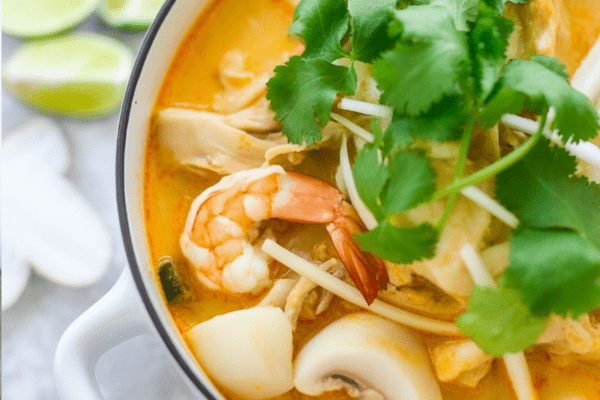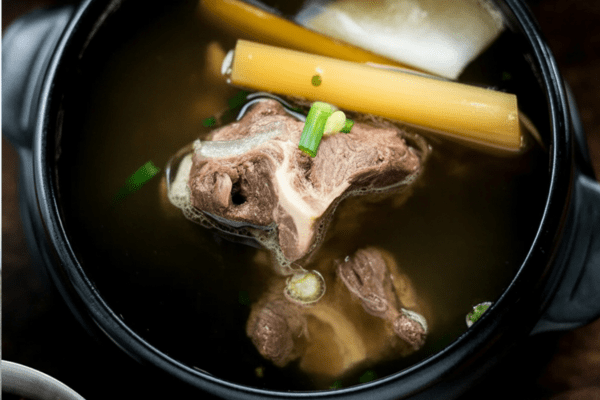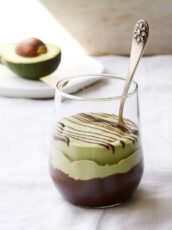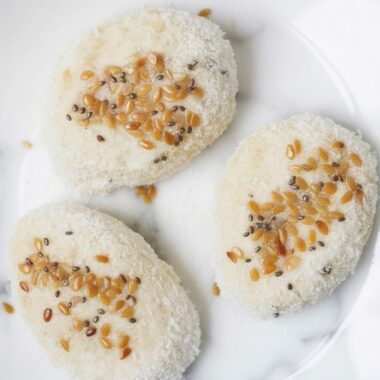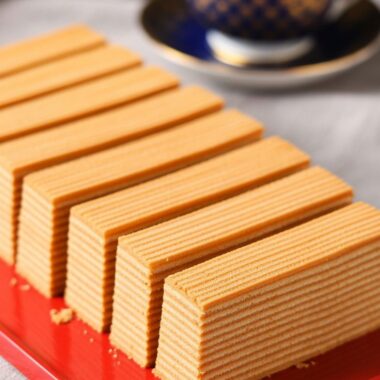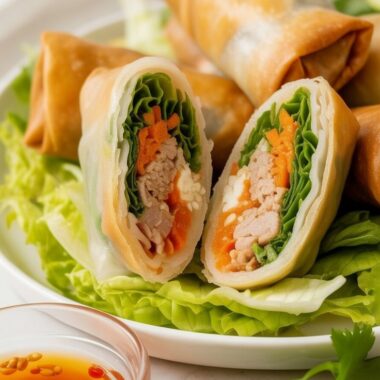Steamed Taiwanese-style eggplant salad has become one of my favorite ways to highlight the soft, almost creamy texture of eggplant. When it’s done right, the eggplant turns silky inside while holding onto its beautiful purple hue. It’s topped with punchy garlic, crunchy scallions, and a savory-spicy dressing that’s so good, you’ll want to spoon it over rice.
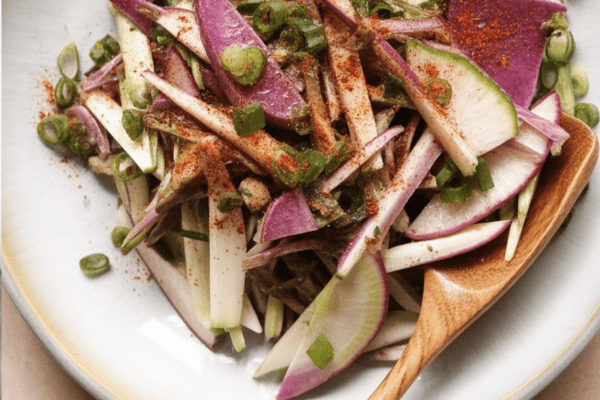
I often make this dish when I’m craving something light but full of flavor. It’s the kind of side that turns a simple meal of rice and stir-fried beef into a proper dinner spread. And honestly, I’ve served this on summer evenings with just rice and some grilled chicken—everyone asked for seconds.
If you’re new to steamed eggplant, you’ll be surprised how easy and rewarding it is to make at home.
What You’ll Need to Make This Salad
This dish doesn’t need much, but each ingredient plays its part to build that layered, fragrant dressing that soaks into the eggplant beautifully.
For the eggplant:
I like using long, thin Asian eggplants because they’re sweeter and have fewer seeds. They cook up beautifully. You’ll just need water and a bit of white vinegar for soaking.
For the seasoning:
- Fresh spring onions: they add that pop of green freshness.
- Raw garlic cloves: I go heavy on the garlic since it’s the star of the dressing.
- Coarse sea salt: it seasons everything evenly.
- Sichuan peppercorn powder: totally optional, but it brings a gentle tingle.
- Crushed red pepper flakes: add as much or as little as you want.
- Avocado oil: or any high-smoke-point oil to pour hot over the aromatics.
- Rice vinegar and sugar: balance out the heat and salt.
Whenever I make this, my kitchen fills with that amazing garlic and chili scent. It’s impossible not to sneak a taste before serving.
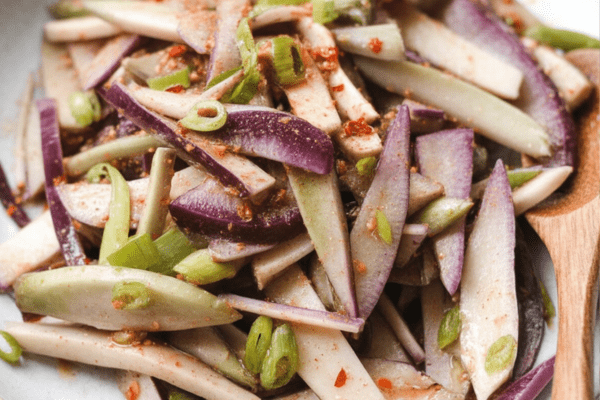
Ingredient Swaps and My Favorite Tweaks
Cooking at home is about making recipes your own. I’ve changed this one plenty over time, depending on what’s in my kitchen.
- Eggplant choice: If I can’t find Chinese eggplant, I’ll use Italian or graffiti eggplants—they’re still tender but need a few more minutes steaming. Globe eggplants work if you peel them first, but they’re not my first choice.
- Seasonings: I sometimes swap coconut aminos with light soy sauce for a classic flavor. For a sweet tang, I’ll use black vinegar instead of rice vinegar.
- Spicy or not: I usually make a mildly spicy batch and a non-spicy one for my parents. Just skip chili if you want it mellow, or add chili oil or garlic chili sauce if you want it bold.
- Extra depth: A dash of toasted sesame oil or grated ginger gives this salad a new twist. I’ve even garnished it with toasted sesame seeds for crunch.
This dish is very forgiving. Once you know the basics, you can adjust it to fit your taste perfectly.
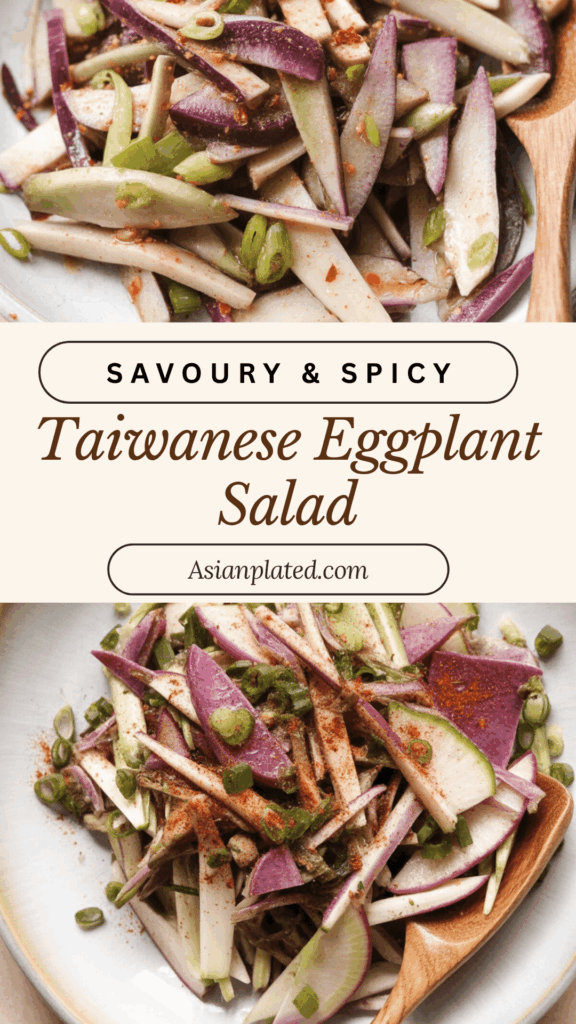
My Step-by-Step Method
This is how I usually prepare it in my own kitchen—no fancy gadgets, just practical steps.
- Prep the eggplant: I slice off the tops and bottoms, rinse them well, and cut them into long quarters. It’s important to work quickly here.
- Soak immediately: I fill a bowl with water and a splash of white vinegar. The sliced eggplant goes in right away. This step helps it keep its gorgeous purple color. I give it about 3–5 minutes.
- Steam it: I set up my steamer basket over a pot of boiling water. Make sure there’s enough room for steam to circulate. I steam the eggplant for around 5 minutes—it should be tender but not falling apart.
- Cool and shred: I let it cool for a few minutes so it’s easy to handle, then use my fingers to gently shred it into strips.
- Season: I mix in minced garlic, sliced spring onions, salt, pepper flakes, and Sichuan peppercorn powder.
- Hot oil magic: I heat avocado oil in a small saucepan until shimmering. Then I pour it carefully over the aromatics. The sizzling sound is one of my favorite parts—it brings the flavors to life.
- Finish: Add rice vinegar and sugar, then toss everything until coated. I like serving it slightly chilled or at room temperature.
It’s simple but feels special every time.
Keeping the Eggplant Beautifully Purple
I’ve ruined more than one batch by not paying attention to this step, so here’s how I do it now.
- Choose good eggplants: I pick firm, shiny ones with that deep purple color. They hold up best.
- Pre-soak: As soon as I cut them, I drop them in a vinegar-water bath. That short soak really slows down oxidation.
- Steam just enough: Overcooking turns them gray and mushy. I aim for about 5 minutes over high heat—just until a chopstick slides in easily.
- Acid in the dressing: A bit of vinegar in the dressing helps hold the color, too.
Honestly, some fading is normal, but these steps keep them looking appetizing.
Making Ahead, Storing, and Reheating
I like making this in advance for dinners when I know I’ll be too busy to prep everything at once.
- Prep ahead: I’ll often steam and shred the eggplant in the morning and keep it covered in the fridge. Garlic and scallions can be chopped ahead, too. The color may dull a little in the fridge, but the flavor is still great.
- Storing: I keep leftovers in a sealed container for up to four days. It actually tastes better after sitting a bit—the garlic mellows out and everything melds.
- Reheating: Usually, I serve it cold or at room temperature, but if I want it warm, a quick microwave blast on medium does the trick.
My Favorite Ways to Serve It
This salad is so versatile that it finds its way onto all kinds of dinner tables at my place.
- With other veggies: I love pairing it with smashed cucumber salad or spicy pickled radishes for a contrast in textures and flavors.
- With rice or noodles: Steamed rice with a bit of soy sauce is perfect to soak up the extra dressing. I’ve also served it next to peanut noodles for a comforting meal.
- With proteins: When friends come over, I’ll serve this alongside pan-fried chicken thighs or a quick shrimp stir-fry. It rounds out the plate without feeling heavy.
This isn’t just a side—it can be the star when you plan the meal around it.
Tried-and-True Tips from My Kitchen
Over the years, I’ve picked up a few habits that make this dish better every time.
- Choose the right eggplant: Long, slender Asian eggplants are the easiest to work with. They’re sweet and cook evenly.
- Vinegar water soak: I don’t skip this anymore. It really helps with the color and texture.
- Don’t oversteam: Five minutes is usually perfect. Test with a chopstick.
- Let it cool a bit: Warm eggplant absorbs flavors better than piping hot. I give it a few minutes before tossing it with the dressing.
- Hot oil finish: Don’t rush it. Heat the oil until it shimmers, then pour slowly over the garlic and onions. It releases that amazing aroma that makes the whole dish sing.
- Make it your own: Don’t be afraid to play with the dressing. More chili for heat, extra vinegar for brightness, or a bit of sugar to round it out.
Taiwanese Eggplant Salad

Tender, silky eggplant dressed in a fragrant garlic-soy sauce blend — this classic Chinese-style salad is light, flavorful, and perfect as a chilled side or appetizer.
Ingredients
- 2 long Chinese eggplants (approx. 1 lb)
- 3 cups water (for soaking)
- 3 tablespoons white vinegar
- 3 garlic cloves, minced
- 2 scallions, finely chopped
- ½ teaspoon sea salt
- ½ teaspoon Sichuan peppercorn powder (optional)
- ½ teaspoon red pepper flakes (optional)
- 1½ tablespoons avocado oil
- 1 to 1½ teaspoons rice vinegar
- ½ teaspoon sugar (or keto-friendly alternative)
Instructions
- Prep the Eggplant: Trim off the ends, then slice the eggplants into 2.5-inch sections. Quarter each piece lengthwise. In a large bowl, mix water and white vinegar, and soak the eggplant pieces for about 3 minutes. This helps maintain their rich color.
2. Steam: Set up your steamer with just enough water underneath — not so much that it touches the eggplant during cooking. Place the pieces in a steamer basket with room between them for steam to circulate. Steam over high heat for 5 minutes or until they’re soft and a knife slips through easily. Let them cool slightly.
3. Shred and Season: Once cool, gently tear the eggplant into thin strips by hand and transfer to a mixing bowl. Add garlic, scallions, sea salt, and any optional spices like red pepper flakes or Sichuan peppercorn for extra kick.
4. Heat the Oil: In a small saucepan, heat avocado oil over medium-high heat until it begins to shimmer — about 5 minutes. Carefully pour the hot oil over the seasoned eggplant mixture. It should sizzle immediately, releasing a mouthwatering aroma.
5. Finish the Dressing: Drizzle in rice vinegar and sugar. Toss everything well to coat. Let the salad sit at room temperature for a few minutes to allow the flavors to meld.
6. Serve: This dish is best enjoyed at room temperature or lightly chilled. Perfect with rice, noodles, or as part of a vibrant vegetarian spread.
Notes
- If using Italian baby eggplants, no need to peel — just steam for 7 minutes instead.
- Globe eggplants should be peeled before steaming.
- Always soak the eggplant slices in vinegar water before steaming to lock in color and prevent browning.
Nutrition Information:
Yield: 4 Serving Size: 1Amount Per Serving: Calories: 156Total Fat: 6gSaturated Fat: 1gTrans Fat: 0gUnsaturated Fat: 5gCholesterol: 0mgSodium: 276mgCarbohydrates: 27gFiber: 7gSugar: 10gProtein: 3g
Asianplated.com, occasionally offers nutritional information for recipes contained on this site. This information is provided as a courtesy and is an estimate only. This information comes from online calculators. Although allchickenrecipes.com attempts to provide accurate nutritional information, these figures are only estimates.
Questions I Get a Lot
Can you eat the skin?
Absolutely. Chinese eggplant has thin, tender skin that becomes beautifully soft when steamed. I never peel it.
How do you keep the color bright?
A quick soak in vinegar water, steaming just until tender, and adding vinegar to the dressing.
Is Chinese eggplant different?
Yes—it’s longer, thinner, and less bitter than globe eggplant. It’s great for steaming, stir-frying, and braising.
What do you soak it in before cooking?
Just a bowl of water with a splash of white vinegar. It keeps the purple color from fading too much.
Try other recipes:

